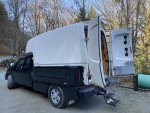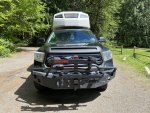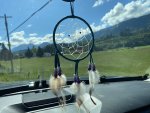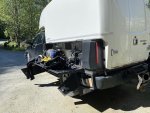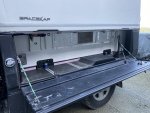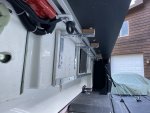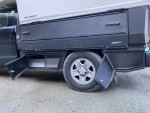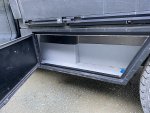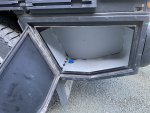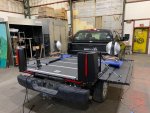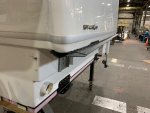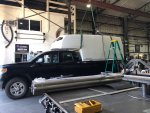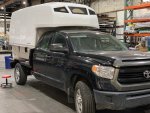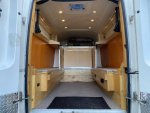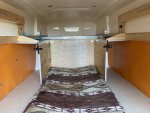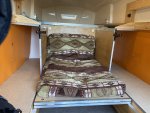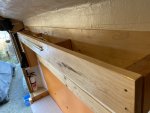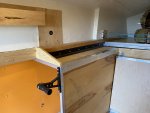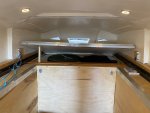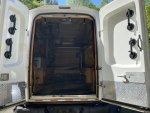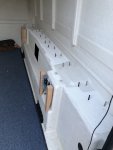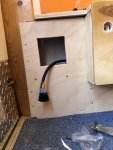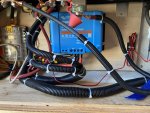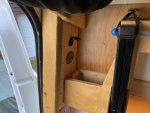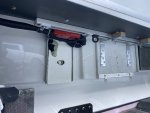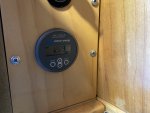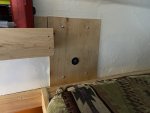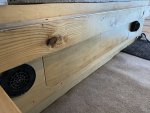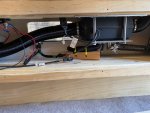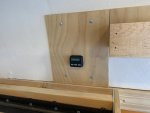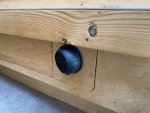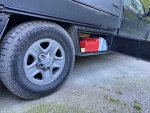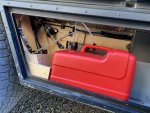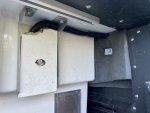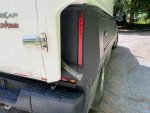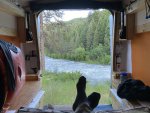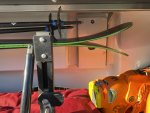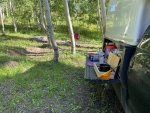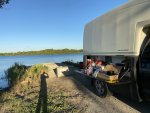For the interior, the philosophy is simplicity. Simple, functional, flexible, reconfigurable, low maintenance, easy to clean, quick to replace bits and repair bobs, extensible, 50% for me, 50% gear hauler. This is sort of a living space. It's also sort of a shed. I can fit it out for ski season as a heated lounge. Or I can stuff it chock full of kayaks and bikes and sleep on the top bunk. I can also still fit several sheets of plywood on the 4 x 8 foot floor.
One of the main features is a fold out sleeping platform in the center of the unit. Fully extended, it fits a standard, twin-sized futon. It can be partially folded to form a chase lounge. Folded still further it is a simple bench. And folded up completely the entire living space is made available.
Independently, there is a simple slide out top bunk (really just two finished plywood pieces). When not in use, the entire bunk can be pushed into the overhang opening up interior space. It's tight up there, but I sleep there most of the time when I'm traveling alone.
The side benches are multi functional. They can be used for storing gear, clothing, cooler/fridge, etc. There is a lot of space, about 8.5 feet, and they can accommodate most whitewater kayaks. When not covered in gear, they are also great for sitting and, in the rain, we can pack people into the camper for a cozy hang out.


